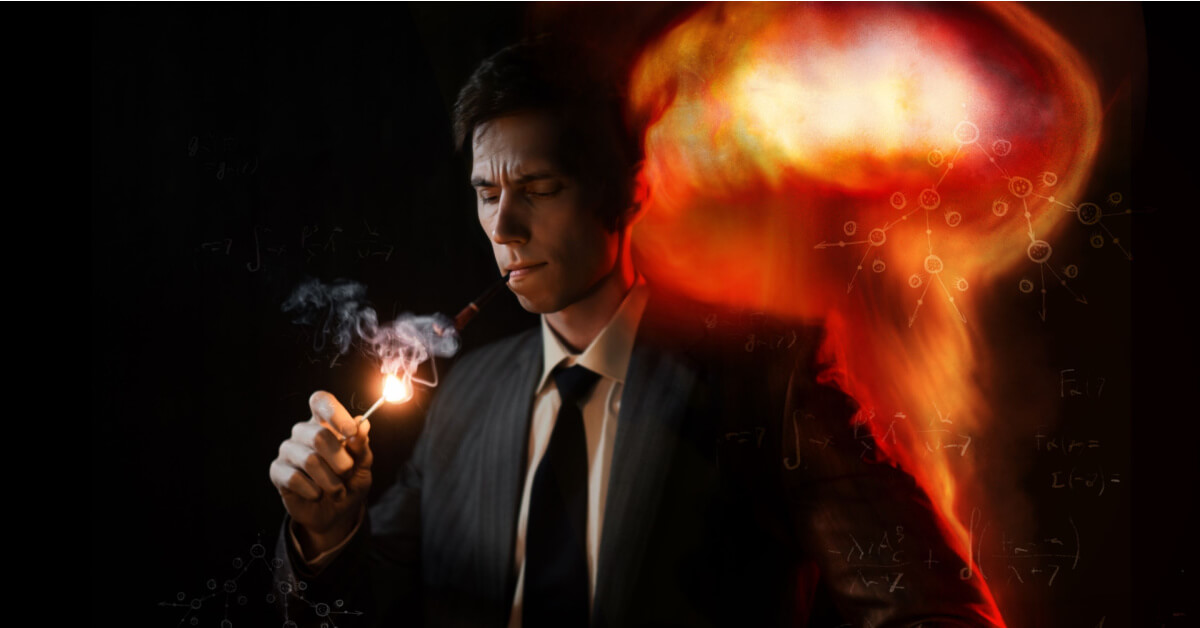August 21, 2023
In the recent Hollywood movie, Oppenheimer, an ideological battle between socialism or communism and loyalty to country rages in the head of the protagonist. In one of the most famous lines of the movie, when challenged about the disconnect between an intellectual embrace of communism, the right to unionize which he denied the Manhattan Project scientists, and patriotism to a country dedicated to capitalism, Robert Oppenheimer responds, “Why limit yourself to just one dogma?”. Though glib, this is a perfect response from a scientist because it recognizes that theory has its limits and must be tested; a recurring theme in the movie as well. There is a faint underlying fear that their atomic explosion might unleash a “chain of events” that actually destroys the world. It is a concern beyond the scope of theory to resolve. Oppenheimer rates that probability at near zero but not zero. The ultimate irony as the movie concludes is that it is not the science that unleashes that cascade, but humans themselves in utilizing the knowledge of the Manhattan Project.
Sitting in that theatre and seeing this drama unfold, my mind turned to independent schools and education in general, but not…

